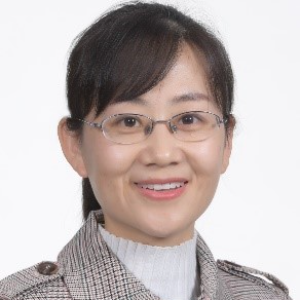Title: Single-cell transcriptomics reveals multiple chemoresistant properties in leukemic stem and progenitor cells in pediatric AML
Abstract:
Cancer patients can achieve dramatic responses to chemotherapy yet retain resistant tumor cells, which ultimately results in relapse. Although xenograft model studies have identified several cellular and molecular features that are associated with chemoresistance in acute myeloid leukemia (AML), to what extent AML patients exhibit these properties remains largely unknown.
Results
We applied single-cell RNA sequencing to paired pre- and post-chemotherapy whole bone marrow samples obtained from 13 pediatric AML patients who had achieved disease remission, and distinguished AML clusters from normal cells based on their unique transcriptomic profiles. Approximately 50% of leukemic stem and progenitor populations actively expressed leukemia stem cell (LSC) and oxidative phosphorylation (OXPHOS) signatures, respectively. These clusters had a higher chance of tolerating therapy and exhibited an enhanced metabolic program in response to treatment. Interestingly, the transmembrane receptor CD69 was highly expressed in chemoresistant hematopoietic stem cell (HSC)-like populations (named the CD69+ HSC-like subpopulation). Furthermore, overexpression of CD69 resulted in suppression of the mTOR signaling pathway and promotion of cell quiescence and adhesion in vitro. Finally, the presence of CD69+ HSC-like cells was associated with unfavorable genetic mutations, the persistence of residual tumor ells in chemotherapy, and poor outcomes in independent pediatric and adult public AML cohorts.
Conclusions
Our analysis revealed LSC and OXPHOS as two major chemoresistant features in human AML patients. CD69 may serve as a potential biomarker in defining a subpopulation of chemoresistant LSCs. These findings have important implications for targeting residual chemo-surviving AML cells.
Audience Take Away Notes :
- Implications for targeted therapy and treatment strategies: By elucidating the chemoresistant properties of leukemic stem and progenitor cells, our research offers potential avenues for developing targeted therapies. The audience will understand how this information can be applied to design novel treatment strategies that specifically target and overcome chemoresistance, potentially improving the outcomes for pediatric AML patients.
- Practical implications for clinical decision-making: The identification of multiple chemoresistant properties in leukemic stem and progenitor cells has practical implications for clinical practice. The insights gained from our presentation may help clinicians make more informed treatment decisions, such as personalized therapy selection or the development of combination treatment approaches that target specific chemoresistant mechanisms.
- Enhancing research and teaching in the field: Our research findings provide valuable insights for other faculty members and researchers working in the field of pediatric AML. By expanding their knowledge of the chemoresistant properties of leukemic stem and progenitor cells, they can incorporate this information into their own research projects and teaching materials, fostering further advancements in the field.


